Recent Wild Trout Trust work: TWIST, trout and trees
I knew all those years of working in charity marketing agencies would come in handy some day…
This autumn – apart from editing the latest issue of the Flyfishers’ Journal and hitting a really important new publisher’s deadline of my own (announcement coming soon!) – I’ve also been pulling together the Wild Trout Trust’s autumn newsletter, which is now available to download as a pdf from the WTT website.
The newsletter includes my own feature on recent practical urban river restoration work on the Somerset Frome, and a summary of why river restorationists like to put whole trees into rivers, often in the form of ‘tree kickers’ which mimic all the benefits of naturally-fallen or beaver-deposited timber…
It’s a little-known fact that most of the UK’s rivers are functionally starved of the wood which they’d naturally contain. Together with historic channel simplification for agriculture, industry and urbanisation, this severely inhibits their ability to create (or recreate) complex, dynamic hydromorphology and associated high quality in-channel habitats.
‘Tree kickers’ are a low-cost, commonly-used river restoration technique for carefully adding and retaining large quantities of wood in river channels, so as to mimic biological processes including natural tree fall, as well as wood which might be introduced by keystone species like beavers. They’re especially useful for improving habitat in high-energy rivers like the Frome – generating complex currents around their trunks and branches, adding woody diversity to the channel, and producing localised areas of bed scour and sediment deposition.
Kick-starting these geomorphological processes is beneficial because they make microhabitats for a wide range of insects, fish, birds, animals and plants: for example, scouring out pools for fish to shelter from very low or very high flows (increasingly important for climate change resilience) while simultaneously providing shade, refuge from predators, feeding, spawning and nursery habitats. LWM also provides a diversity of complex surfaces for algae and invertebrates to colonise, boosting the lower levels of the aquatic food web.
Eventually, many tree kickers end up being pushed parallel to the bank, accumulating permanent deposits of silt, and becoming entrained and vegetated as a new low-level bank line. At this point, we can come back and remove the steel cables – and perhaps re-use them for new tree kickers somewhere else!
Click here to explore the rest of the Wild Trout Trust’s autumn newsletter.
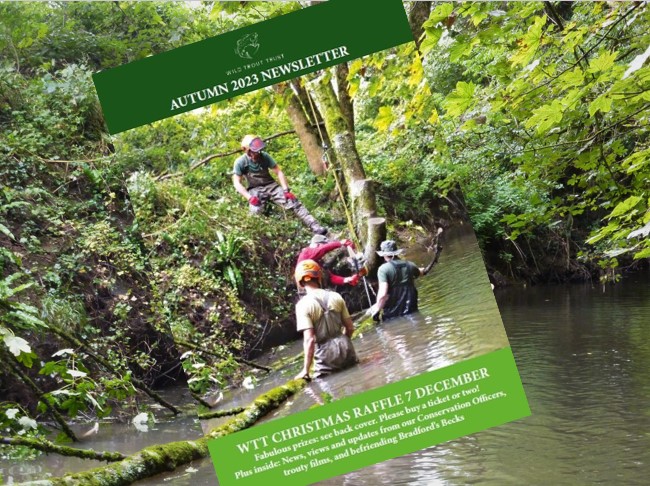
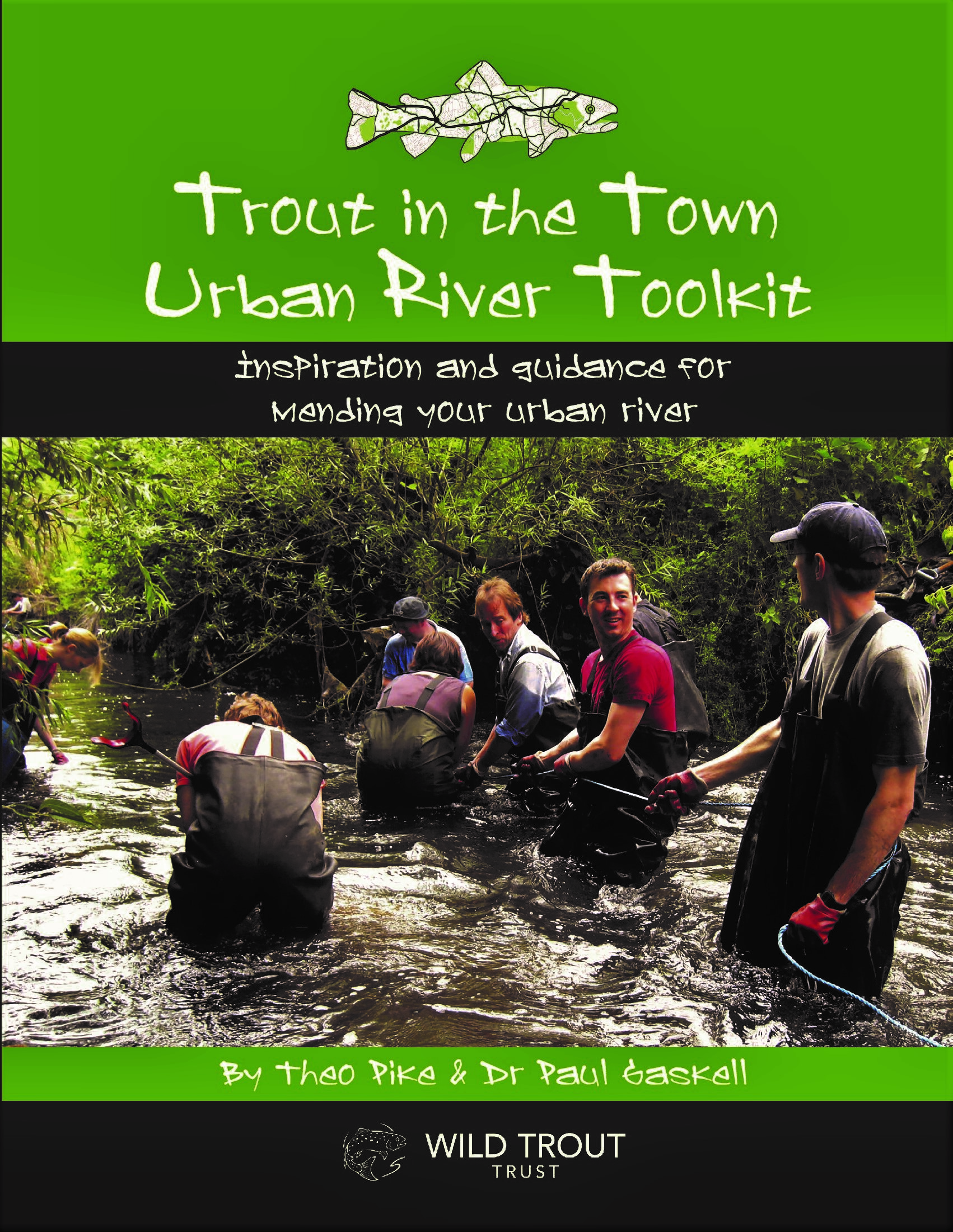
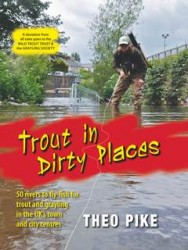
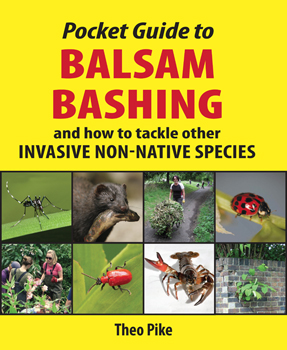
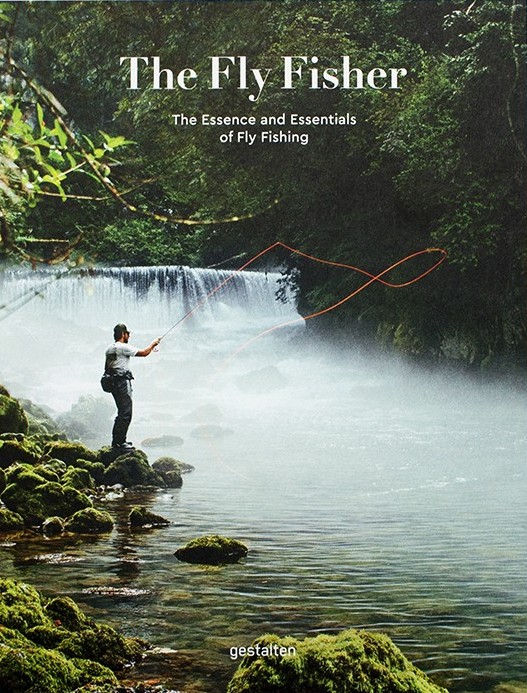
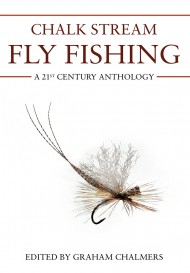
Leave a Reply